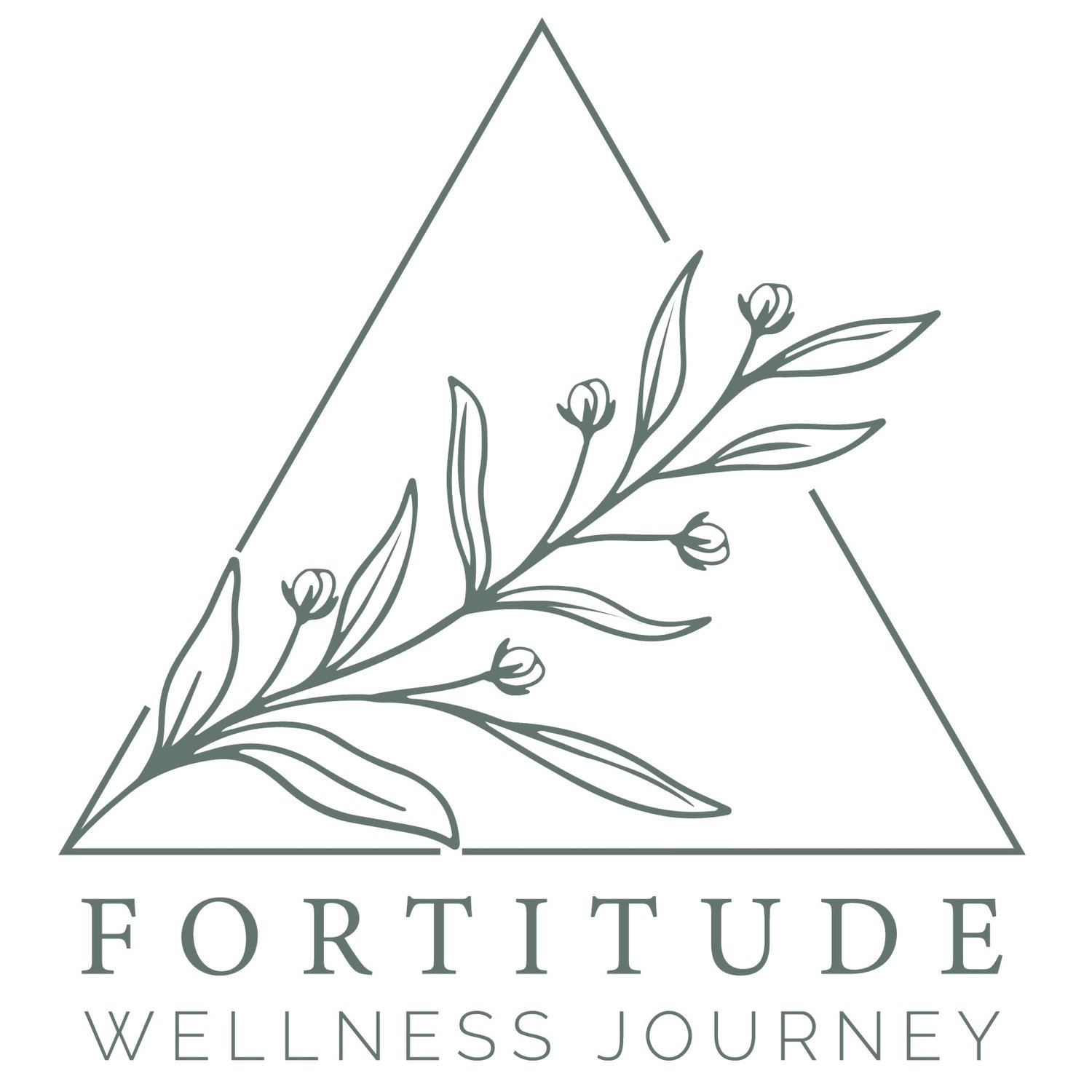Sexual Assault Prevention Month
May is Sexual Assault Prevention Month in Canada, which gives us the opportunity to raise awareness and provide education around sexual assaults in Canada. Exposure to sexual abuse is correlated with adverse mental health consequences for survivors. While everyone experiences sexual assault, it is important to highlight that young people from marginalized sexual and racial groups are more vulnerable to being targeted for sexual harassment (Wolfe and Chiodo, CAMH, 2008). This is due to the social and systemic issues within our society and can help explain why some populations are targeted more when it comes to sexual assault and violence.
Stats in Canada
One in three women and one in six men will experience sexual violence in their lifetime
the rate of sexual assault victimization was more than 5 times higher among women
Bisexual people are sexually assaulted at a high rate
Women with a disability are sexually assaulted at a high rate
trans people are the targets of specifically directed violence; 20% had been physically or sexually assaulted for being trans, and another 34% had been verbally threatened or harassed (TransPulse, 2015)
70% of trans youth in Canada have experienced sexual harassment. More than one-third of trans youth ages 14-18 share that they were physically threatened or injured in the past year
Black women face more systemic barriers when reporting sexual violence, and engaging with the criminal justice system as victims of crime (Cossins, 2003; Pietsch, N. 2015)
First Nations, Inuit, and Metis people in Canada are at increased risk of violence: Indigenous women and girls are 16 times more likely to be slain or to disappear than white women (National Inquiry into Missing and Murdered Indigenous Women and Girls, 2019)
Reporting Sexual Assault
A high percentage of people do not report to the police for a wide range of reasons, including but not limited to: feeling the crime is too minor, feeling the incident wasn’t important enough, did not want the hassle of dealing with police, felt the incident was private, fear of not being taken seriously, and not trusting the police or criminal justice system. Therefore, because so many people choose not to report what happened, the prevalence of sexual assault in Canada is higher.
What is Sexual Assault?
Some people who experience sexual assault aren’t sure if what happened to them was sexual assault. This can be common when they know the person who assaulted them. Sexual assault can take many different forms and include: sexual abuse, rape, incest, sexual harassment, stalking, indecent or sexualized exposure, degrading sexual imagery, voyeurism, cyber harassment, trafficking, sexual exploitation, etc. If you are unsure if you have been sexually assaulted it be helpful to discuss your experiences with a trust professional.
Impacts Sexual Assault
Depression
Flashbacks
PTSD
Self-harm
STI’s and STD’s
Substance abuse
Dissociation
Panic attacks
Eating disorders
Pregnancy
Sleep disorders
Suicide
If you are struggling with the impacts of sexual assault, do not hesitate to reach out to a trusted professional who can help support you through the healing process. You are not alone.

